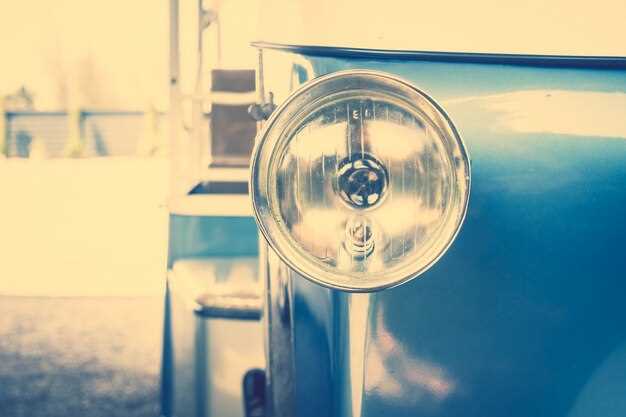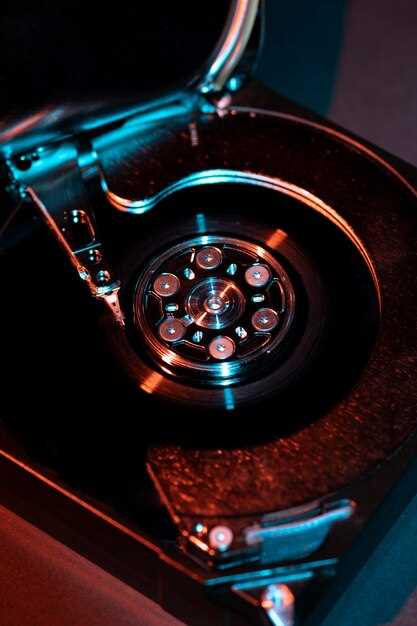
Classic cars have a unique charm that captivates enthusiasts and collectors alike. However, their performance often lags behind modern vehicles. Many owners are eager to enhance the horsepower of their beloved classics while retaining their authenticity. Elevating horsepower can breathe new life into these vintage machines, providing an exhilarating driving experience and improved performance on the road.
In this article, we will explore several effective methods to increase horsepower in classic cars. From simple upgrades to more involved modifications, there are numerous options available. Whether you’re a seasoned mechanic or a novice enthusiast, these tips will help you make informed decisions about enhancing your vehicle’s capabilities.
It’s crucial to approach horsepower upgrades with an understanding of your car’s specific engine and design. Each classic car comes with its own set of challenges and opportunities for performance enhancement. By tailoring your upgrades to the unique characteristics of your vehicle, you can maximize power gains without compromising reliability or authenticity. Let’s dive into some practical strategies to help you unleash the full potential of your classic car.
Optimize Your Ignition System for Maximum Performance

An optimized ignition system is essential for boosting horsepower in classic cars. Begin by inspecting and replacing your spark plugs. High-performance plugs can improve spark efficiency and combustion, leading to better engine performance. Choose the appropriate heat range and electrode material, such as iridium or platinum, for enhanced durability and efficiency.
The ignition timing is another critical factor. Adjusting the timing can lead to more effective combustion. Use a timing light to measure and fine-tune your vehicle’s ignition timing according to the manufacturer’s specifications. Advancing the timing slightly can yield noticeable performance gains, but be cautious not to overdo it, as this could cause engine knock.
Upgrading the ignition coil can also provide significant benefits. A high-output coil generates a stronger spark, improving combustion reliability, especially under high RPMs. Consider a coil with a higher voltage output to enhance performance across the entire RPM range.
Evaluate your ignition wires as they play a crucial role in delivering the spark. Performance wires often feature better insulation and lower resistance. These improvements ensure a consistent voltage supply to the spark plugs and reduce energy losses, maximizing horsepower.
Incorporating an aftermarket ignition control module can offer programmable settings for ignition timing and rev limits. This allows for precise adjustments that align with your performance goals. Ensure the module is compatible with your engine setup and installed correctly.
Finally, check the battery and charging system. A strong electrical system supports all components of the ignition system. Upgrading to a high-performance battery and ensuring proper connections can prevent voltage drops and maintain consistent ignition performance, ultimately resulting in increased horsepower.
Upgrade Fuel Delivery for Enhanced Power Output

Upgrading the fuel delivery system is a crucial step in boosting the horsepower of classic cars. The factory-installed fuel systems often lack the efficiency required to maximize engine performance. Enhancing fuel delivery allows for better combustion, which in turn translates to increased power output.
One effective approach is to replace the stock carburetor or fuel injectors with high-performance alternatives. Upgrading to a larger carburetor or multi-port fuel injection system can improve airflow and fuel atomization, resulting in a more potent mixture entering the combustion chamber.
Additionally, consider installing a high-flow fuel pump. A pump capable of delivering higher fuel pressure ensures that the engine receives the necessary amount of fuel under demanding conditions. It is essential to match the pump with the engine’s requirements to avoid under or over-fueling.
Another critical component is the fuel lines. Replacing old, restrictive fuel lines with larger diameter, high-performance hoses can significantly reduce fuel pressure drops. This step provides the engine with a constant supply of fuel, enhancing performance during acceleration and high-rev situations.
Fuel filters are often overlooked but play a vital role in maintaining fuel quality. Upgrading to a high-flow fuel filter can prevent clogging and ensure clean fuel reaches the engine, thus promoting optimal performance.
Finally, tuning the engine’s fuel delivery system after any upgrades is essential for achieving the best results. Adjusting the air-fuel mixture via tuning tools or engine management systems can significantly enhance engine responsiveness and overall power output.
Improve Airflow with Exhaust and Intake Modifications
Enhancing the airflow in classic cars is essential for increasing horsepower and overall engine performance. Two primary areas to focus on are the exhaust system and the intake manifold. By optimizing these components, you can significantly improve engine breathing and efficiency.
Starting with the exhaust system, consider upgrading to headers that replace the factory exhaust manifolds. Headers improve exhaust flow by reducing back pressure, allowing for quicker expulsion of gases. Additionally, using a high-performance cat-back exhaust system can enhance sound while further increasing airflow. Look for systems featuring less restrictive mufflers and larger diameter piping to maximize performance gains.
Next, focus on the intake system. Replacing the stock air filter with a high-flow air filter can increase the amount of air entering the engine. An aftermarket intake manifold can also be a game-changer. Performance intakes are designed to provide a more direct path for air to flow into the combustion chambers, which allows for improved fuel mixing and combustion efficiency.
Furthermore, consider modifying or replacing the carburetor or fuel injection system if it’s present in your classic car. A larger carburetor can deliver more fuel and air to the engine, especially at higher RPMs, enhancing performance. If using fuel injection, an adjustable fuel pressure regulator and upgraded injectors can fine-tune the air-fuel mixture for optimal combustion.
Lastly, ensure that all components are properly sealed and ducted. Check for any air leaks in the intake and exhaust systems, as these can severely hinder performance. Adding insulation to intake pipes can also help to keep the air cooler, enhancing density and improving power output.
By concentrating on modifications to the exhaust and intake systems, classic car enthusiasts can enjoy significant improvements in horsepower and overall driving experience.
